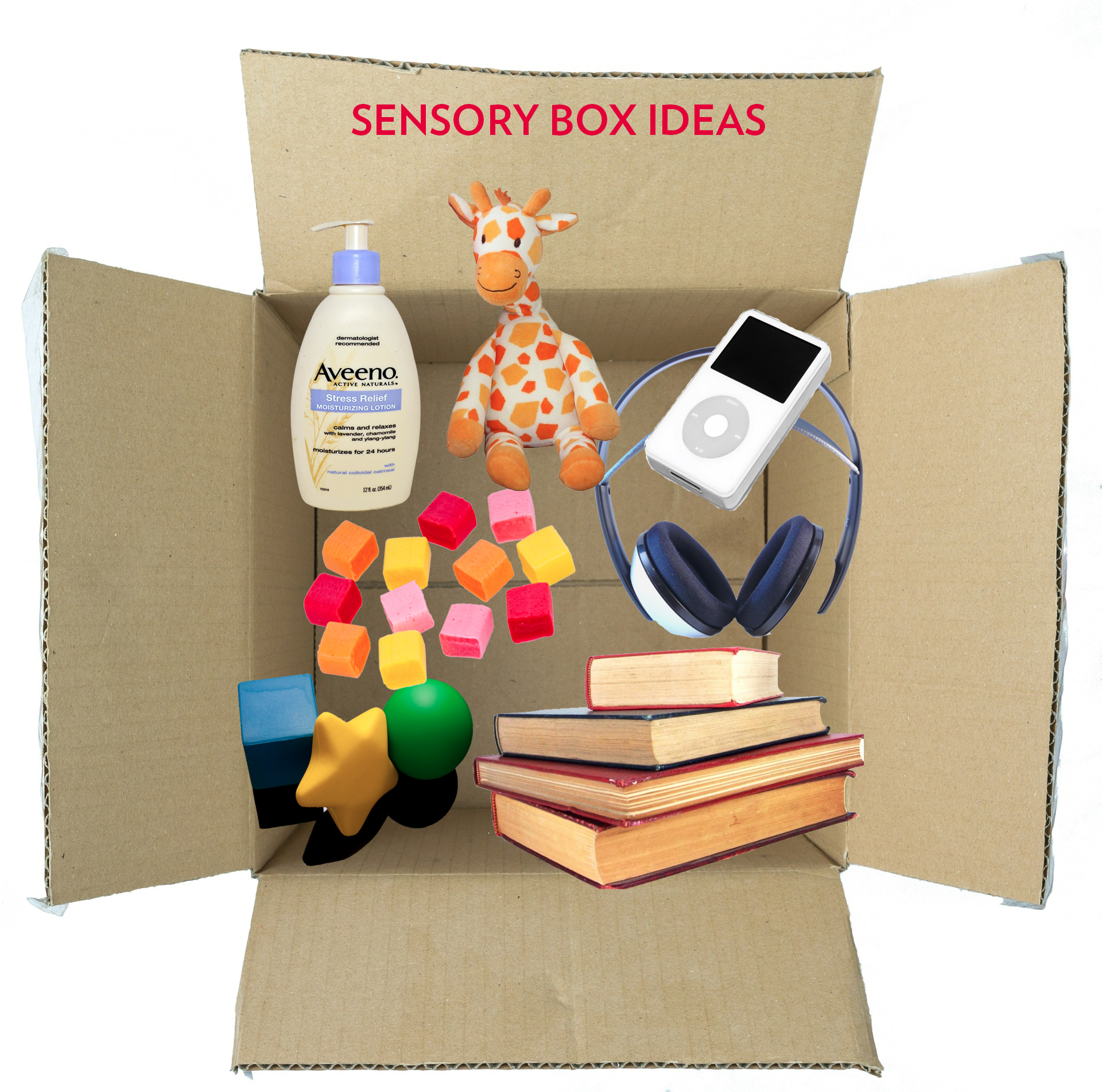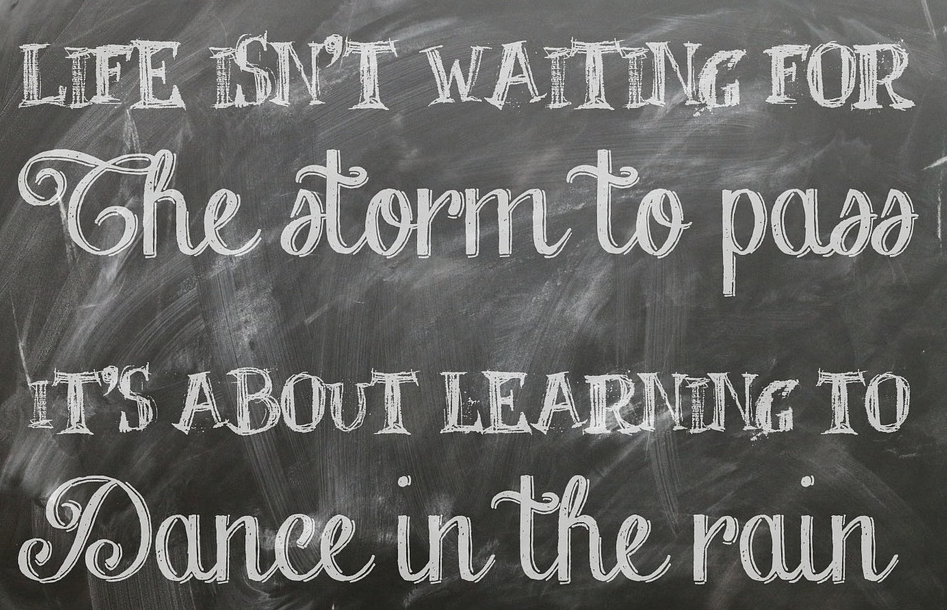As many of you are aware, adults with autism and their families often feel as though they are on the brink of crisis. Securing appropriate housing, finding meaningful work, forming relationships, and planning for the future are goals that can seem insurmountable in a society that struggles to assist adults on the spectrum. While stress can arise due to the lack of support, it is important that adults with autism and their families learn coping skills that promote mental health. The following is a list of healthy practices that you can incorporate into your daily routine to cope with autism and stress.
Self-Soothing:
Self-soothing refers to the ability to calm one’s self in a stressful situation. Here are a few simple ways to comfort yourself through the use of your five senses:
- Touching an object: like a stress ball, stuffed animal, or a pet
- Hearing sounds: like music, a podcast, meditation guides, or audio books
- Using your vision: some examples of this include watching a lava lamp or a snowglobe, watching a movie or old family videos, or looking at happy pictures. Here is a list of 7 visual videos to get you started.
- Tasting foods/drinks: drinking soothing teas, eating mints, or eating your favorite candy
- Scent: smelling perfumes, candles, or lotions
- Build a sensory box that incorporates various comfort items (see below)

Healthy Distraction:
A healthy distraction may help take your mind off of things that are bothering you, and examples of this can range from completing a puzzle to exercising. Other examples include watching a movie, reading a book, painting a picture, scrapbooking, singing, and knitting. It is important to remember that some distractions, including binging on junk food, are considered unhealthy. Laughing and humor are forms of healthy distraction that can have a positive impact on one’s mood. If you’re looking for a YouTube channel that is guaranteed to make you laugh, watch the sketch below by Asperger’s Are Us, the first comedy troupe consisting of openly autistic people.
Opposite Action:
Opposite Action involves doing something that’s the opposite of an impulse and is consistent with a more positive feeling. These techniques are best used for altering painful emotions. Seeking affirmations and motivation is a great way to incorporate this practice into your daily routine. Here are a few ideas:
- Create a motivational board using pictures
- Looking at or drawing motivational statements or words on canvases, chalkboards, or posters (example below)

Emotional Awareness:
Practicing self-awareness and accepting your emotions is essential in promoting your emotional wellness. Having the ability to bounce back when your emotions are down can greatly reduce stress. Here are some examples of strategies and ideas that will potentially make one more aware of their emotions:
- Keeping a journal and writing in it daily. Use this to talk about your day, your feelings, and your ideas. Order a journal on Amazon right here.
- Practice optimism. Smile more. Say hello to a stranger in a parking lot. Make your day by making someone else’s day.
- Seek therapy. Talking through negative and positive emotions with a trusted professional can make a difference.
Mindfulness and Meditation:
Centering and grounding yourself in the present moment is a great way to cope with stress. Meditation, yoga, and breathing exercises are some examples of this. Yoga not only has obvious physical health benefits, but it also lowers cortisol levels. To find yoga classes near you, check out this website, and until then, watch the video below for a relaxing meditation geared towards adults with autism.
Stress is experienced every day, but the key is to regulate it. We hope these exercises provide you with a bit of respite when the outside world becomes a little too chaotic.
 AUTHOR
AUTHOR
INESS SMADHI
RESEARCH INTERN
MADISON HOUSE AUTISM FOUNDATION

 American Airlines: A Business Dedicated to Helping Adults With Autism
American Airlines: A Business Dedicated to Helping Adults With Autism



Do you have an email newsletter and/or anything similar?